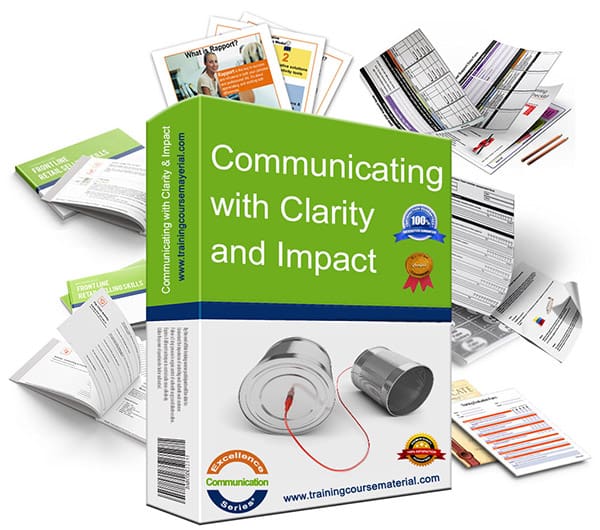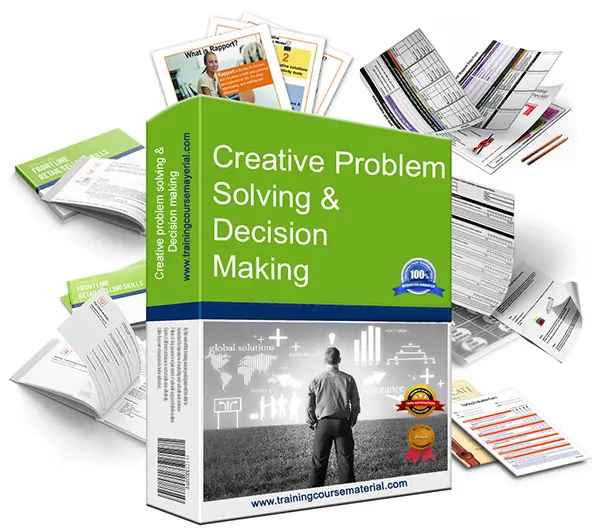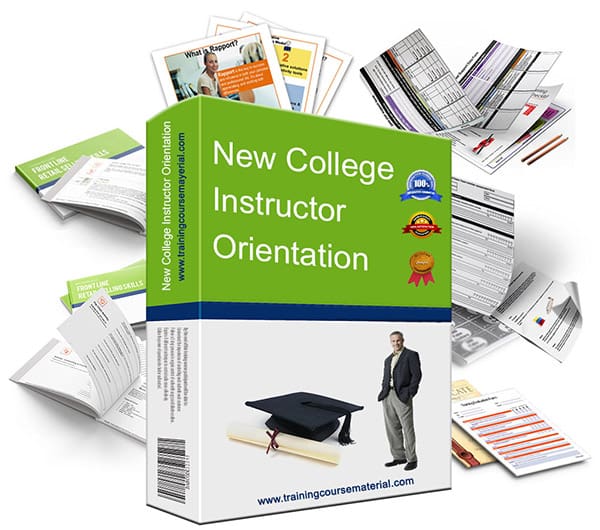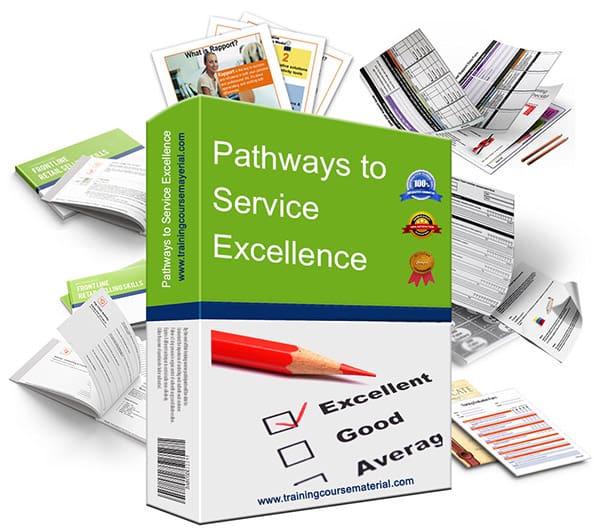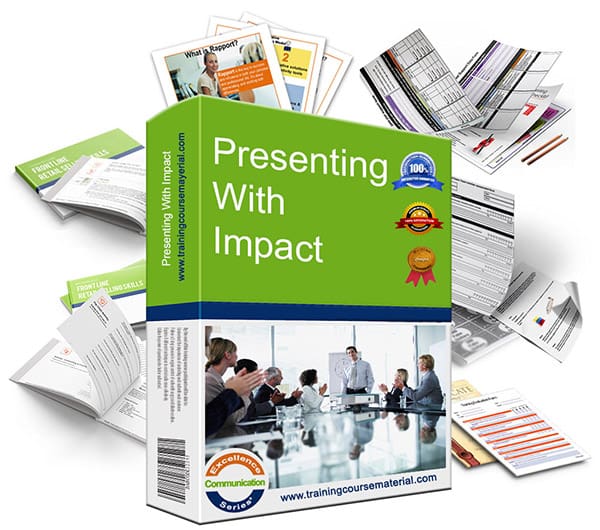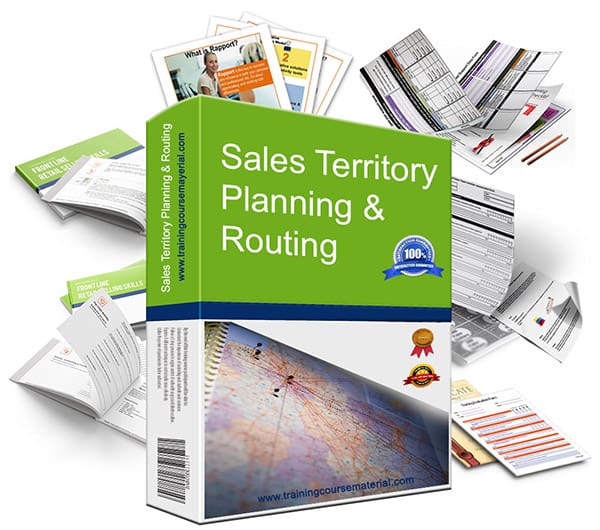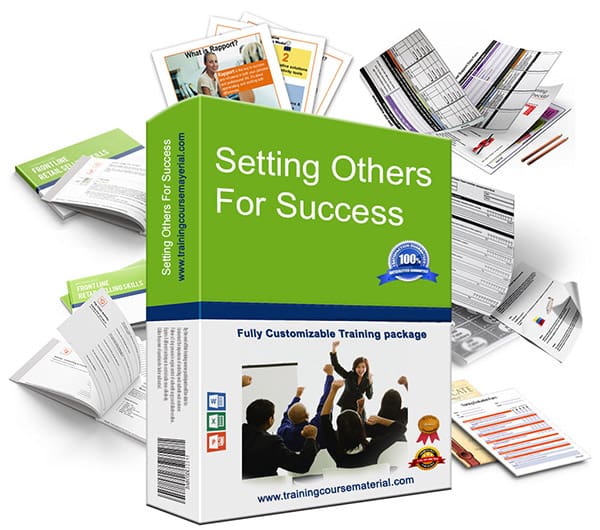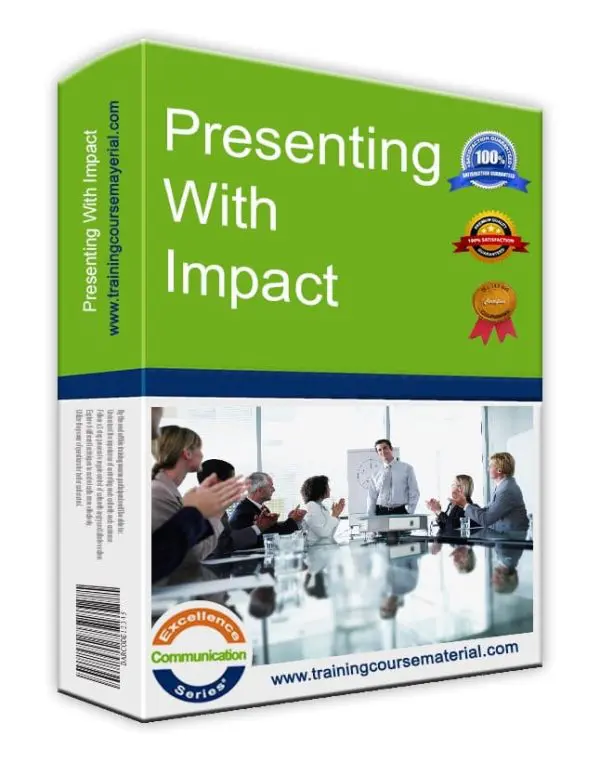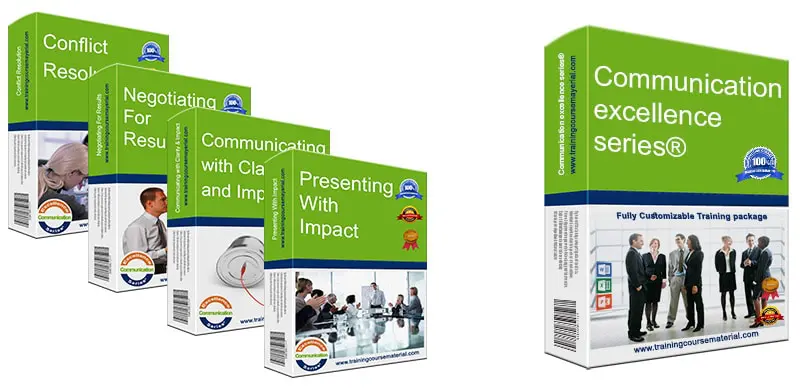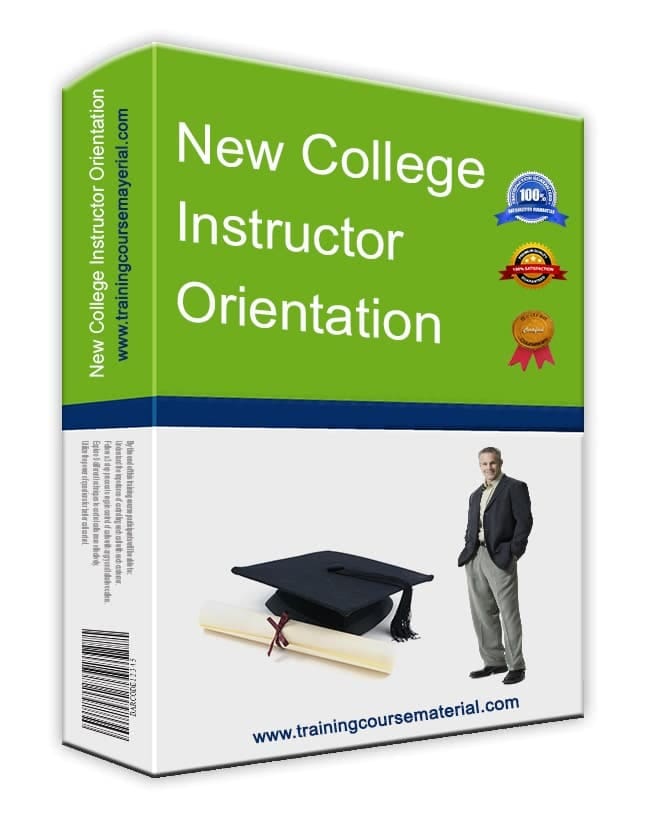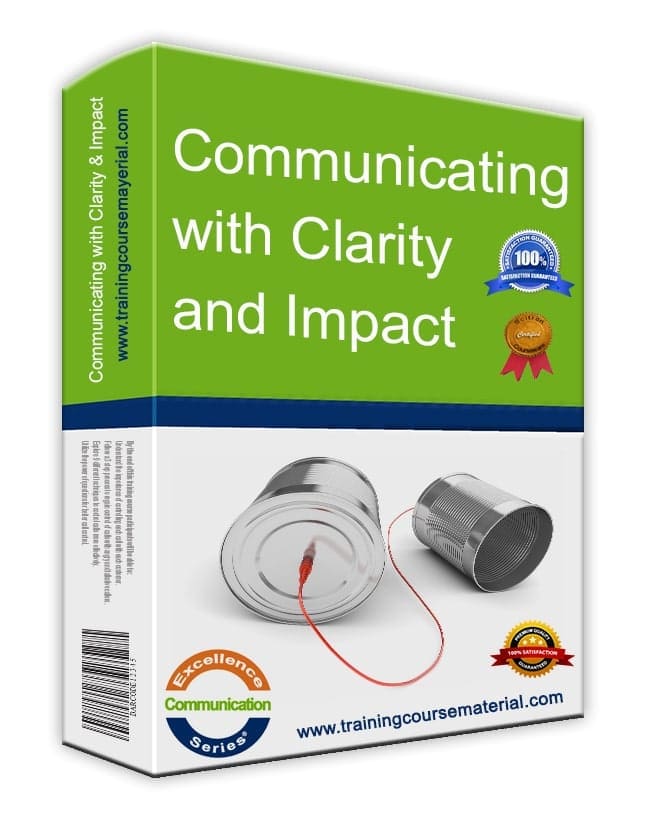Written by TrainingCourseMaterial.com editorial team – experts in corporate training resources and instructional design.
Your Appearance, Attitude & Body Language
First impressions matter—especially in a presentation. When you're standing in front of a group, your audience sees you as the face of your message. What you wear, how you stand, and even your gestures send immediate cues about your professionalism and confidence.
Think of it this way: You are your presentation. If you appear tidy, composed, and professional, the audience is more likely to assume the same about your ideas. If you look scattered or distracted, your message might lose its impact before you even begin.
Show Enthusiasm with Attitude
Energy and enthusiasm are contagious. When you show passion for your topic, it invites your audience to lean in and engage. A flat tone or lack of excitement, on the other hand, makes it harder for people to stay interested.
- Bring energy to the room—without overdoing it.
- Be genuine in your delivery. People can spot forced positivity.
- Smile, use gestures, and maintain open posture.
Be Clear About Your Objectives
Start strong by laying out a simple roadmap. Let the audience know:
- What topics you’ll cover
- Why it matters to them
- What they’ll walk away with
Setting clear expectations builds trust and helps people follow your message more easily.
Body Language and General Manner
Subtle habits can make or break your presence. Here are a few reminders:
- Skip the hand props (pens, glasses, etc.). They’re more distracting than helpful.
- Leave coins or keys out of your pockets—they create noise and signal nerves.
- Be aware of filler phrases like “you know,” “okay,” or “now.”
- Stand open and grounded. Avoid folding arms or fidgeting.
- Don’t lean on furniture or pace too much—it shifts attention away from your message.
Use Your Eyes
Eye contact builds trust. It makes each listener feel seen and keeps them tuned in. Try these two simple techniques:
One Thought Technique
Hold eye contact with one person while you complete a single idea. Then shift to someone else for the next thought. It helps regulate your pace and keeps your attention outward.
Scanner Technique
Move your gaze across the room every few seconds. Make brief, natural contact with different individuals to include everyone. Avoid fixating on one friendly face or looking over people’s heads.
Using Your Voice
- Projection: Speak louder than your normal tone. Reach the back of the room.
- Articulation: Don’t swallow your words. Speak clearly and fully.
- Modulation: Vary your pitch and tone. Be expressive, not monotone.
- Pronunciation: Be mindful of emphasis and clarity—especially with tricky terms.
- Enunciation: Accentuate syllables. Overemphasize slightly when needed.
- Repetition: Reinforce key ideas using vocal variety.
“People may forget what you said—but they'll remember how you made them feel.” — Maya Angelou
📋 Free Self-Evaluation: How Strong Are Your Presentation Skills?
Want to know how well you’re doing as a presenter? Take our quick, free assessment to see where you shine and where you could use improvement.
🎯 Presenting With Impact – Downloadable Training Material Package
This ready-to-use training package includes detailed trainer guides, engaging slides, and customizable participant materials to help you deliver impactful presentation skills workshops.
Reviewed by TrainingCourseMaterial.com editorial team on August 5, 2025
Presenting with Proximity, Passion & Participation - Present with impact
presentation skills - If your aim in giving a presentation is just reciting information while others are listening to you passively, this traditional presentation mode is the easy way, and it doesn’t work. It’s ineffective. If your ultimate goal is to teach, inspire, and motivate an audience, if you want them to change, if even a tiny bit, then there has to be engagement between you and your audience.
When there is no engagement, there is no change. True engagement assumes some level of emotional involvement or commitment on the part of both the presenter and the audience—but the responsibility to light the fire of engagement lies primarily with you, the presenter. There are three key ways to establish this connection and engage with audience using passion, proximity and participation.








